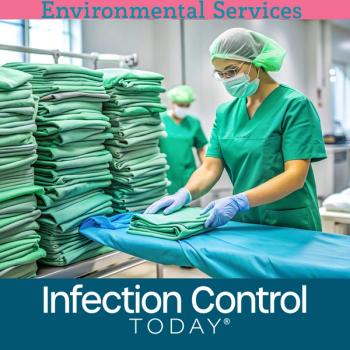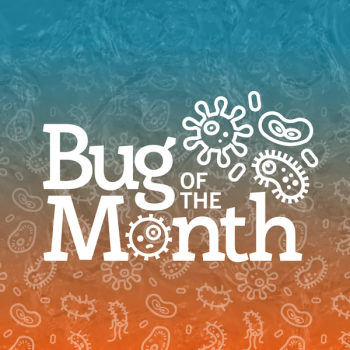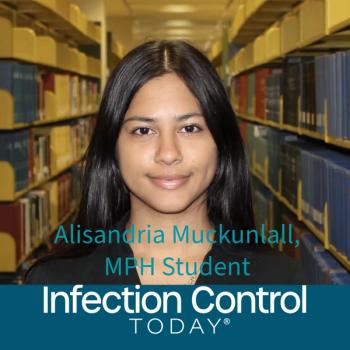
Safe in Common's Online Conference Highlights Unmet Needs for Needlestick Protection
More than 78 percent of the healthcare professionals who attended Safe in Common's online conference, "The Unfinished Agenda,"Â believe that needlestick injuries have not been eliminated in their work places, reinforcing the fact that there is much to be done in needlestick and sharps related prevention. According to more than half of conference attendees, the answer to protecting healthcare personnel lies in safer engineering controls.
These findings came out of the online conference hosted by Safe in Common, a non-profit organization of healthcare safety advocates dedicated to eradicating needlestick and sharps-related injuries, which was held on Nov. 14, 2012. Nearly 1,000 healthcare personnel registered to take part in the first-ever multimedia exploration of the past, present and future of needlestick safety. The event was created to renew a dialogue among key opinion leaders, experts, and the healthcare personnel whose work environments are fraught with needlestick and sharps injuries despite legislation mandating the use of safety devices for their protection.
The event featured live discussion as well as pre-recorded interviews and videos with student nurses, key opinion leaders and healthcare workers all over the U.S. The event fielded over 200 questions from healthcare workers from 15 countries. While the panelists were able to weigh in on many of the questions, the majority are being answered by the experts on Safe in Common's website,
The event, "The Unfinished Agenda," invited the global healthcare community, from veteran nurses and healthcare administrators to pharmaceutical manufacturers, to be a part of a critical discussion with the nation's foremost healthcare personnel safety experts and the frontline workers. On a daily basis, these people face needlestick and sharps dangers without a unified plan to address the shortcomings in injury prevention.
This first event picked up where federal regulations left off more than 12 years ago as an examination of modern needlestick safety past, present and future from its roots in the 1980s HIV/AIDS crisis to where we stand today. A panel of experts took the opportunity to poll attendees on a variety of topics, including, "Have sharps injuries been eliminated where you work?" to which a resounding 78 percent answered "no." Some 15 percent said it was not applicable and a mere four percent said "yes."
When asked "what should be the greatest priority to eliminate sharps injuries," some 53 percent of attendees answered "new engineering solutions with automatic safety features." The other responses were "stronger enforcement of frontline worker input in device selection" (21.5 percent), "Stronger OSHA enforcement of 2000 Needlestick Act" (12.9 percent), "Inclusion of HCW injury rates in reimbursement metrics" (7.2 percent), and "Standardized national reporting to a central database" (5.3 percent).
In reviewing the poll results, Dr. Mary Foley, chairperson of Safe in Common, says, "These events are highlighting the shortcomings in protecting healthcare personnel and reinvigorating the conversation to eradicate sharps injuries and increase safety across the continuum of care. We need to equip healthcare leaders and personnel with action items and tools to revitalize the conversation about safety within their own organizations, and encourage renewed innovation for better devices to serve the safety needs of the entire healthcare continuum."
An interactive edition of the initial online conference is available for replay at
The event featured presentations by:
 PJ (Pamela J.) Haylock, PhD, RN, FAAN, chief executive officer of the Association for Vascular Access
 Dr. Janine C. Jagger, professor of research, internal medicine and infectious diseases, University of Virginia, and founder and director of the International Health Care Worker Safety Center at the University of Virginia
 Gina Pugliese, vice president of the Premier Safety Institute, adjunct faculty at the University of Illinois School of Public Health and Rush University College of Nursing, and senior associate editor of Infection Control and Hospital Epidemiology
The next installment of "The Unfinished Agenda" is scheduled as an online event for Feb. 5, 2013, and SIC is now accepting abstracts from experts who are interested in speaking on topics surrounding the culture of safety, how to balance injury reduction and patient care, and of course success stories of injury reduction. Other ideas that will protect healthcare workers will also be reviewed; send an email with interest to
The online conference series is part of SIC's on-going efforts to spark innovation, awareness and change across the healthcare spectrum, with a core focus on the Needlestick Safety Pledge. The events are presented as part of SIC's continued mission to unify and educate people about the risks of needlestick and sharps-related injuries.
Source: Safe in Common
Newsletter
Stay prepared and protected with Infection Control Today's newsletter, delivering essential updates, best practices, and expert insights for infection preventionists.





